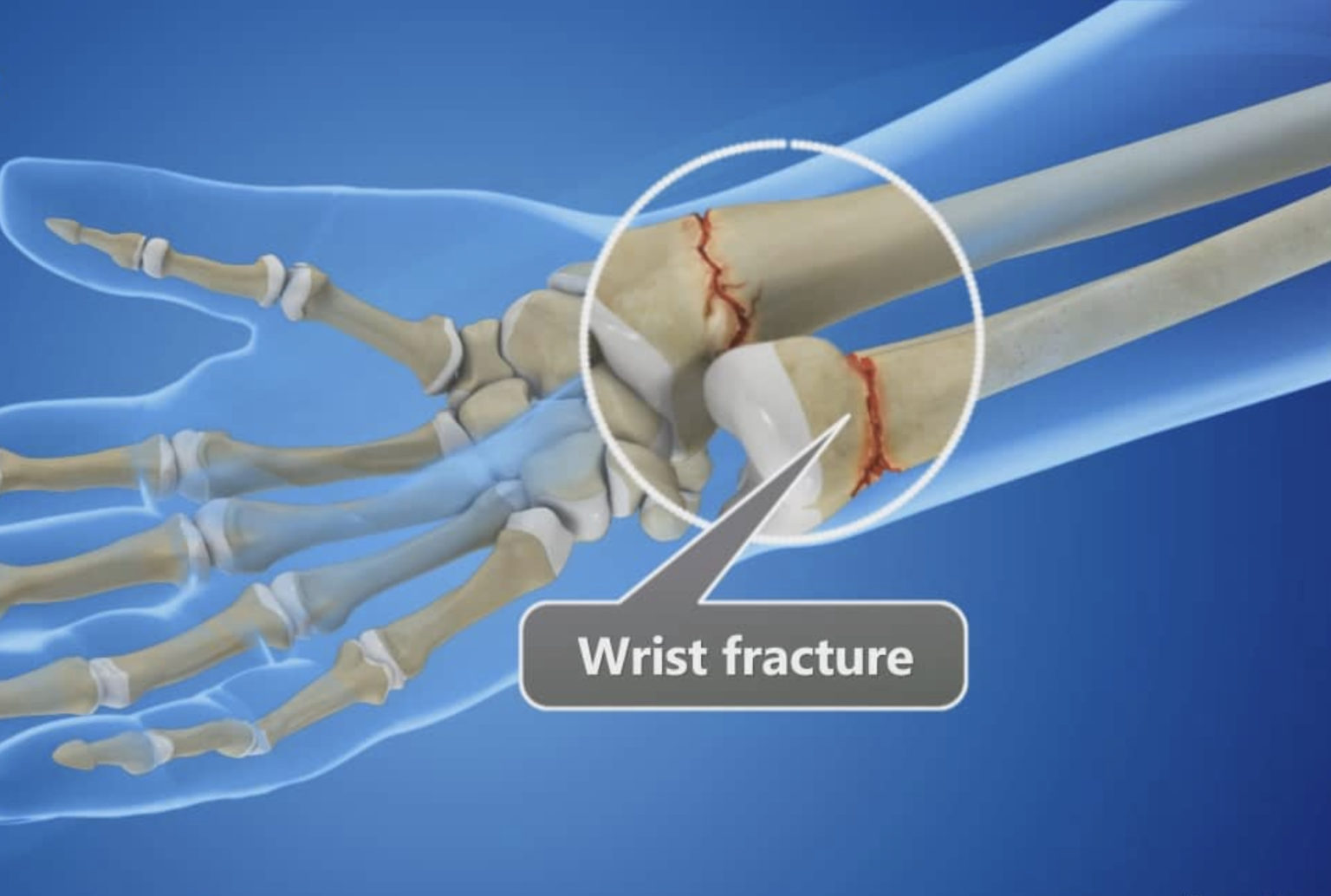
Your doctor may use open reduction, and internal fixation or external fixation to keep your bones from moving. This system will produce a gentle pulling motion that your doctor can use to stabilize the injured area.įor more complex or compound fractures, you may need surgery. Your doctor will administer it using a system of pulleys and weights positioned in a metal frame over your bed. Traction stretches the muscles and tendons around your bone. In rare cases, you may need traction to stabilize the injured area. It will help keep the injured area stabilized and prevent broken bone pieces from moving while they heal. Your cast will likely be made from plaster or fiberglass. Your doctor may use a cast to stabilize your broken bone. If they’re properly aligned and stabilized, the new bone will eventually connect the pieces. During the healing process, new bone will form around the edges of the broken pieces. It’s important to keep pieces of broken bone immobile until they’re mended. In general, your doctor will try to put the broken bone pieces back into their proper positions and stabilize them as they heal. If you’re diagnosed with a fracture, the treatment plan will depend on its type and location. Complete fractures can happen at any age. As a result, they’re more likely to bend than break. Their bones are softer than those of adults. Incomplete fractures are more common in children.
Long bone fracture crack#
hairline fracture, in which your bone is broken in a thin crack.

In other words, it cracks without breaking all the way through. In an incomplete fracture, your bone doesn’t break completely.

When your bone and other internal tissues are exposed, it puts you at higher risk of infection. In an open fracture, the ends of the broken bone tear your skin. In a closed fracture, the broken bone doesn’t break your skin.Īn open fracture is also called a compound fracture. openĪ closed fracture is also called a simple fracture. What are the different types of fracture?įractures can be classified as closed or open, as well as incomplete or complete.


 0 kommentar(er)
0 kommentar(er)
